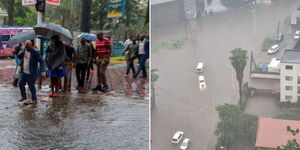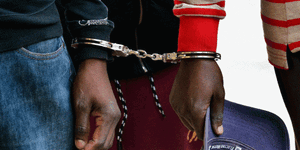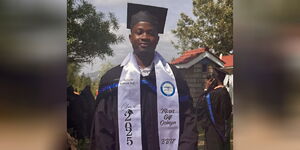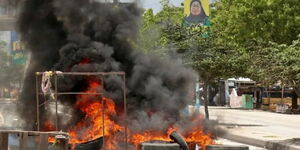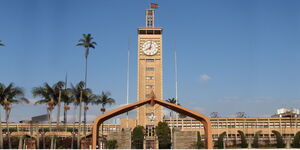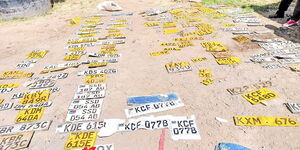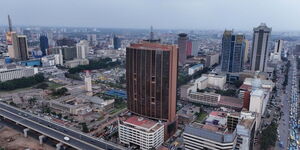A good percentage of Kenyans, especially in urban areas, are likely to be on roads, leaving work and heading home in the evening or hours into the night, as passengers or drivers.
At any given time, day or night, there are motorists traversing Nairobi's network of roads. It is estimated that by 2030, Nairobi will be a city of over one million registered vehicles, both commercial and personal.
As the pandemic is observed to recede, the country is expected to open up and resume daily operations if not elevate to a 24-hour economy as various economic analysts predict.
Either way, transport into the night is inevitable despite the hazards of night travel. Below are eight safety tips tailored for Kenyan drivers. They are as follows:
1.Take Care Of Your Eyes
Once one is accustomed to driving at night, it is crucial to equally get eye check-ups at least once a year. Glare is a common concern that becomes problematic for people as they age.
2. Do Not Drink and Drive
Though a common precaution, drinking and driving have always posed bigger risks after dark. Multiple surveys conclude that accidents involving alcohol impairment are likely to occur four times more at night than during the day. Even when not drunk as a driver, it is advisable to put one’s defensive-driving instincts on high alert.
3.Clean Up Your View
Dirty or damaged windshields can scatter light and potentially increase the repercussions of glare. Compromised headlights can decrease a driver’s visibility and cast glare into oncoming traffic. It is therefore important to regularly clean headlights and windshields regularly for one's well-being and that of other drivers.
4. Slow Down and Do Not Tailgate
Drivers should drive at reasonable speeds to be better acquainted with their immediate environment to avoid hazards. This also aids to maintain control over the car. Tailgating is seriously discouraged too.
Tailgating is when a driver drives behind another vehicle while not leaving sufficient distance to stop without causing a collision if the vehicle in front stops suddenly. Drivers should keep a safe distance to avoid incidents of collision.
5. Do Not Look Into The Light
Drivers should not look directly into the lights of oncoming traffic. When cars are coming at a driver, he or she ought to cast their gaze down and to the right, while focusing on the white line. This mitigates temporarily blindness.
6.Starve Possible Distractions
Whether a driver is texting, fiddling with the radio, or eating, losing focus on the road is dangerous. This goes beyond the hefty penalties one can incur as it is a matter of personal safety. When a driver is tired after a long day at work, his or her reaction times are likely to be reduced.
7.Watch for Pedestrians
Pedestrians are not necessarily dressed in safety gear, and they can be incredibly difficult to see after dark.
Drivers should always take precautions to assert the position of pedestrians, especially on poorly lit roads. The basic rule of looking both ways before advancing always applies.
8. Be Visible
If a driver needs to park on the side, he or she must ensure they are visible to other motorists. Emergency equipment such as reflective triangles is a must-have for such scenarios. In addition to this, drivers should turn on their hazard lights to get assistance. More importantly, the safest place to wait for help is inside the vehicle.
9. Use High Beams When Necessary
This goes along with tilting the headlights correctly to optimize the illumination on the road.

